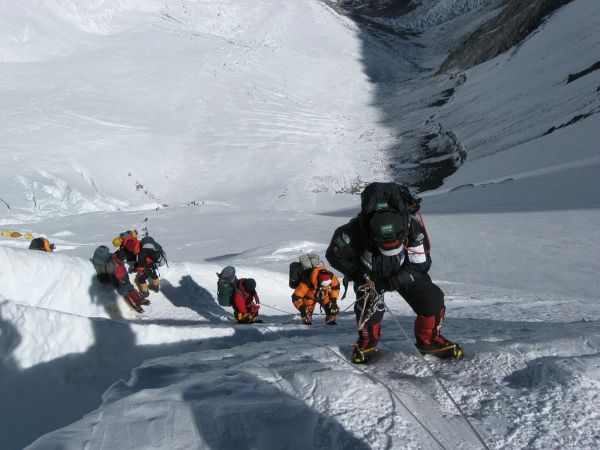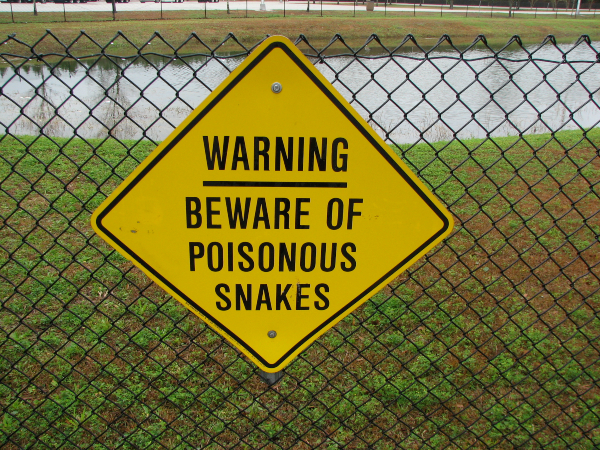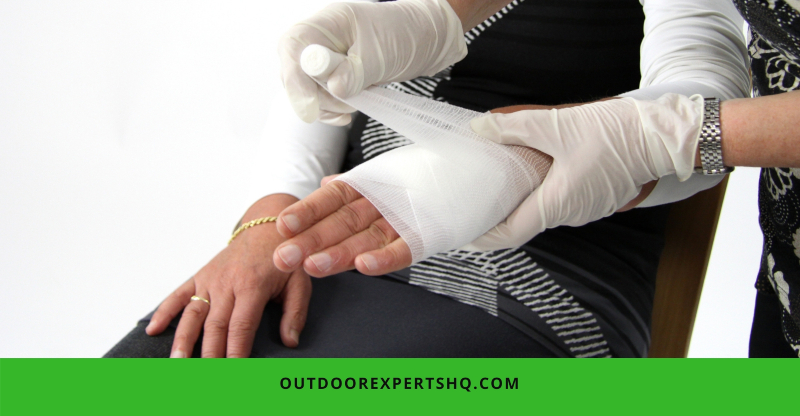5 Most Common Outdoor Injuries & Accidents: Here’s How To Manage Them
The outdoor lifestyle teaches you how to survive in an inhospitable environment. So it is a given that there will be some growing pains, mainly in the form of major or minor injuries. A good first-aid kit is indispensable on the hikes.
Getting to know a few key ways to fix the common outdoor injuries can help you a lot in the time of emergency. And, it will encourage you to keep going out year after year well into your golden years. Let us take a look at the common hiking injuries and quick-fixes.
5 Most Common Outdoor Injuries & Accidents
The injuries you incur depend a lot upon your experience level and the terrains. You might want to take that into account before dismissing this outdoor thing altogether. It is wiser to gradually increase the difficulty level of your hikes for minimal injuries.
Frostbite
The degree of frostbite will decide whether you need to rush to the nearest hospital or it can be fixed for the time being. It is better to not take any chances with this injury and avail the medical help if available. But, that is not the case always.

So, firstly try to prevent frostbite by putting on enough layers. Take care of your nose, toes, ears, and fingers as they are most prone to this injury. In case frostbite occurs, try to gauge its severity first. For extreme frostbite cases, rush to the hospital immediately.
Most of the times it ends with the amputation of the affected area to save the rest of the body from its toxicity. Never alternate between the thaw and freeze cycles on the affected area. Don’t warm up the injured area if it cannot be kept warm steadily. Otherwise, it will just worsen the wound.
Altitude Sickness
Hiking to the highest peak might seem like a challenge you can’t wait to win. But make sure that you are not particularly sensitive to the elevations. People can suffer altitude sickness in the elevation range of 5000 to 15000 feet.

The typical symptoms are nausea, headache, and fatigue. The lower levels of oxygen in higher altitudes make it difficult to breathe properly. Don’t ignore these symptoms because the extreme cases of altitude sickness can be fatal. There are medication and improvised hiking techniques to solve this problem.
Some people will try to acclimatize their bodies by scaling a mountain over a course of several days. This gives their body a better shot at dealing with the altitude variations. You need to come down and seek immediate medical help if the problem becomes unmanageable.
Heatstroke
The severity of a heatstroke increase at a rapid rate. When the temperature of the human body reaches 104 degrees Fahrenheit, it is known as the heatstroke. You might feel headaches, dizzy and fatigued if you are having one. Mental disorientation is also a prominent symptom of this condition.

Make sure you have enough access to cool water and ingest it at a gradual pace. Relocate to a cooler location and call 911 immediately if possible. You can waddle through a lake too to cool down yourself. Fan the affected person with a towel, use cold compresses or spray them with cold water.
This is a common occurrence when people choose to hike unprepared during the scorching months. You need to carry sufficient water supply and an emergency kit with yourself. This way you will not find yourself stranded in the middle of nowhere, dizzy and dehydrated.
Snake bites
The venomous snake bites need to be treated by the medical professionals only. In the meantime, you can take note of what not to do. Don’t cause any tissue death by unnecessarily using the tourniquet. Never use the popular and extremely useless ‘cut-and-suck’ method on the affected area. Call ahead to make sure that the medical facility arranges the anti-venom by the time you reach there.

If you can, take a picture of the snake. This will help the medical professionals identify if and to what degree the snake in question was poisonous. In case, the snake is not venomous, you can just wash the wound and keep an eye out for the swelling and redness.
Try to stay calm to keep your heart rate low for keeping the situation easy to handle. The venomous snake bites are life-threatening. Every second is precious in such a scenario and you need to act accordingly. You can make a complete and quick recovery if you are careful with the treatment.
Broken Bones
Accidents can happen anywhere, anytime. And so can broken bones! If you just keep the wound set in the right position, you will not have much to worry about. First of all, you need to detect if the patient is in shock. Check for faster breath, weakness, cold skin and nausea. That is the most common reaction in case of broken bones because it looks way less fixable than it actually is.

You can offer cozy layers to the person in question to calm them down. Then make a splint for them that will offer temporary support to the broken bone. It will also help in preventing any further damage to the affected area. You can use the tent poles or sticks to make this splint.
Make sure that the patient is not putting any pressure on the broken appendages. Rush them to the nearest medical facility. And ask for a proper X-ray before proceeding with the treatment. The cases of wrongly fixed bones are far too many.
Conclusion
Injuries are manageable and avoidable. You just need to go out while being careful enough to make the injury-free hike a habit. Most of the injuries mentioned above can be treated easily if you take timely steps. Otherwise, you might have to suffer more than required.
Tell us about your last hiking injury and how you dealt with it in the comment section below. Share this article on your socials with your friends and family to give them a heads up too.









